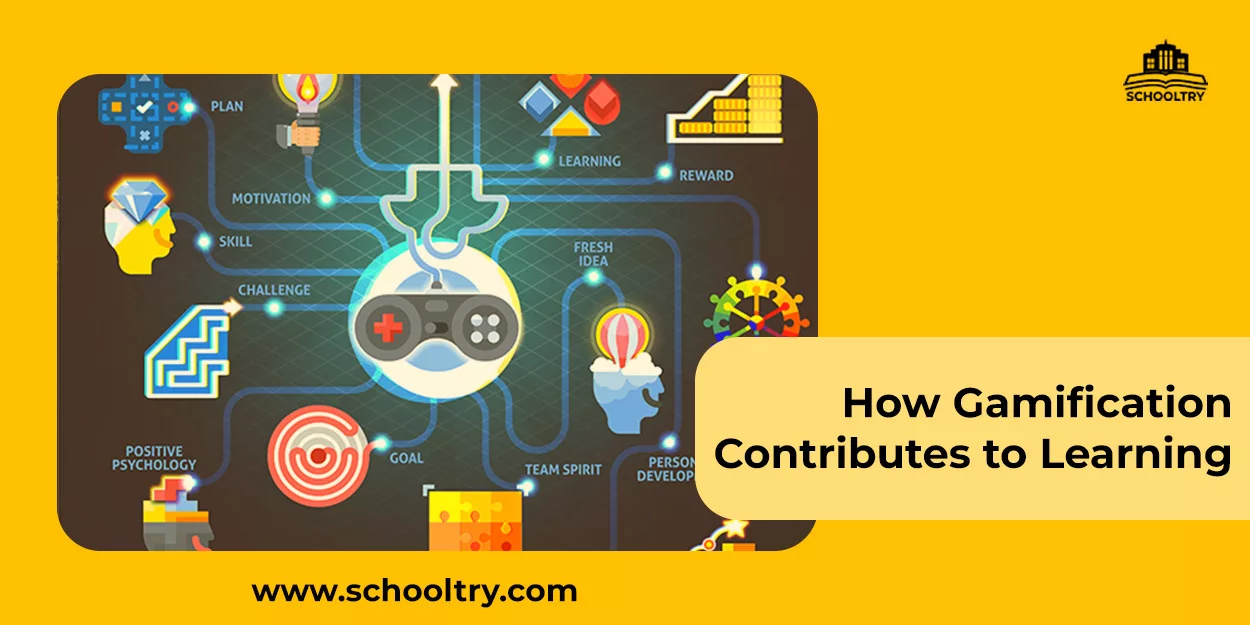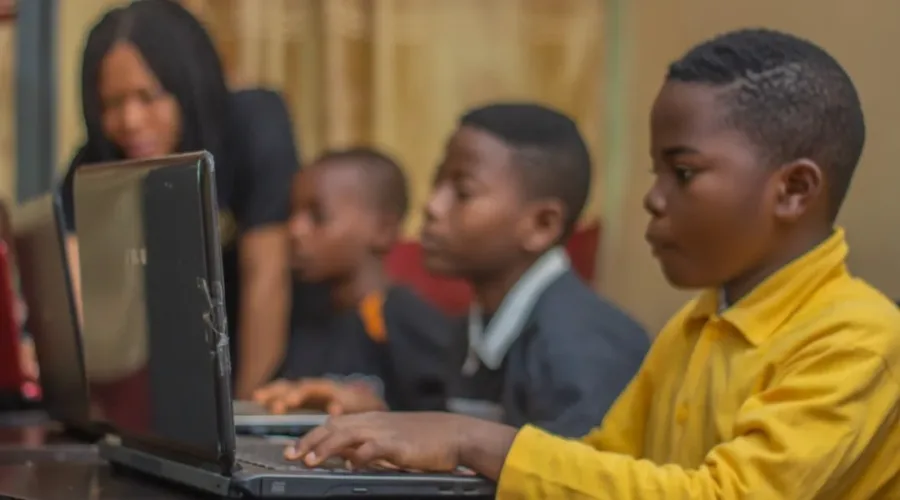Several articles written on gamification shows how relevant it is to education. And in this article you will learn about How Gamification contributes to learning. You will also learn more about how it makes learning more fun and enjoyable for students.
What is Gamification?
Gamification integrates entertaining and immersive gaming elements into nongame contexts to enhance engagement and motivate certain behaviors. It uses game design and mechanics, such as badges, points and rewards, to encourage active participation and make tasks fun.
Gamification is in various fields, including education, marketing, employee training, health, and wellness. For instance, educational applications might use gamification to make learning more engaging for students. While businesses might use it to improve employee performance, encourage customer loyalty, or reward employees and customers. Furthermore,Successful gamification requires an understanding of target audiences.
Education and E-Learning
Consequently , when using education and e-learning as a reference, Game -based learning has made education much easier. Moreover , it makes learning more interactive and even fun. Online learning platforms, such as Duolingo and Khan Academy, incorporate game elements to engage learners. Although some subjects such as language learning and math are easily accessible. These learning platforms provide immediate feedback, progress tracking and rewards to motivate students.
There are also task management apps, such as Asana and Trello, use gamification to increase productivity and help the users. By incorporating elements like achievements, progress bars and leaderboards in game systems, these apps make completing tasks more enjoyable and provide a sense of accomplishment. Gamification elements create a rewarding environment, encouraging individuals to get involved, collaborate, and share ideas.
In this article, you will learn How Gamification Contributes both positively and negatively to Learning;
01. Motivation and Engagement:
As much gamification improves learning by increasing motivation and engagement of students. It can also affect students if they do not take caution with it. Some students loose their attention to the game thereby losing their focus on the main purpose which is to learn.
02. Confidence:
Confidence can be built on the ability of students to continue to understand certain gaming skills. Such skills helps them to perform better in their studies. Although confidence is a skill that can at the same time lead students into believing that they don’t have to study anymore. However students cannot depend on just one skill that is why when students gain confidence in gamification, they should also be aware of other aspects of learning that can be beneficial to them.
03. Physical and Cognitive Skills:
There are a lot of ways students make use of the physical and cognitive skills learnt through gamification. Problem solving and creative thinking skills are some of the many skills that can be learnt through Gamification. However if proper attention is not given to the students, they can end up misusing their skills.
Conclusion
Gamification is a concept that can be easily applied to learning on various levels. Moreover, It can also contribute to learning in the classroom. Students who understand the importance of gamification are usually able to use it in a positive manner.
If you are in need of an Educational Technology management solution that fits your school’s operations. You can consider requesting a demo of our solution to see how it works. Register here and our team will respond to you immediately.




